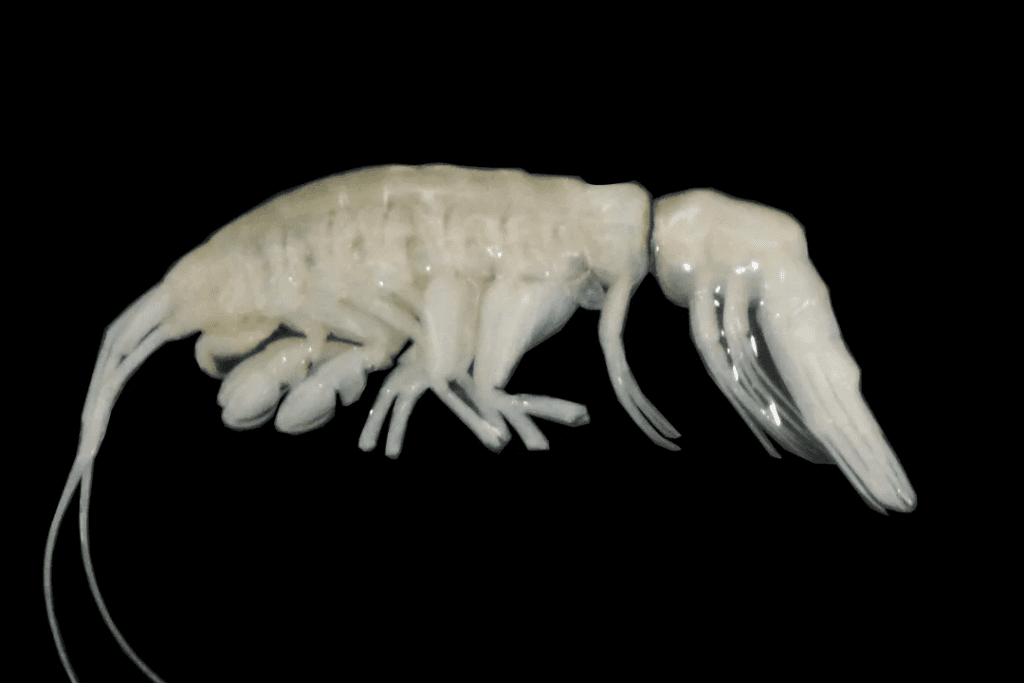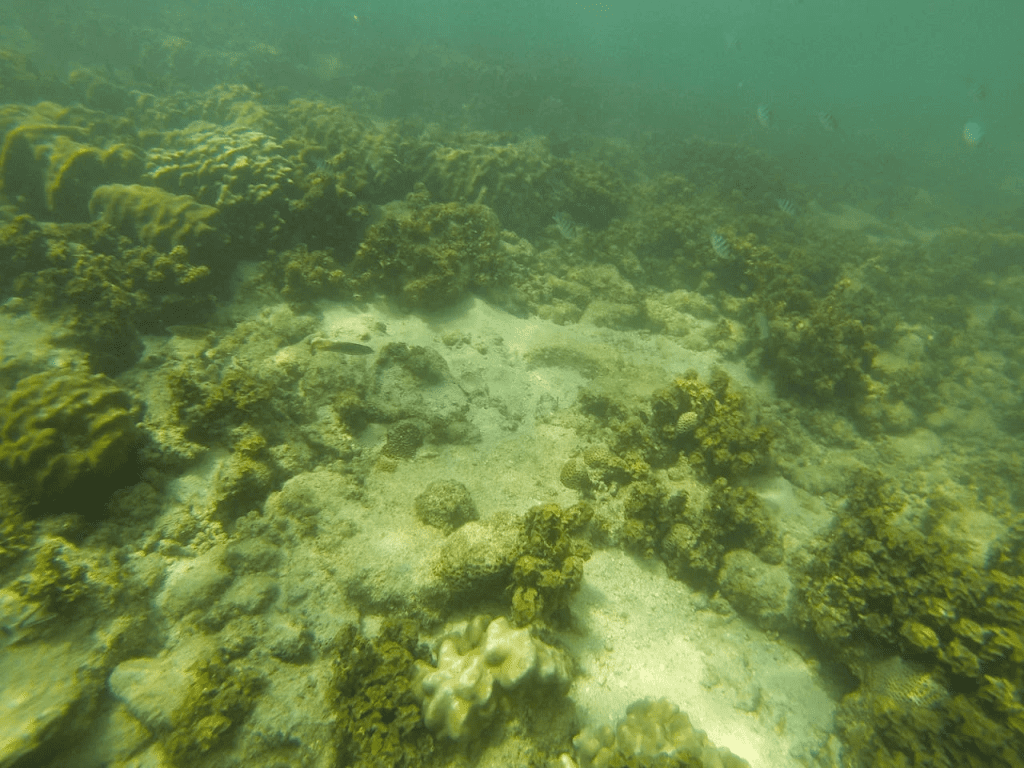In an extraordinary discovery beneath the crushing depths of the ocean, scientists have encountered a creature so bizarre it seems to belong to another world. Found at an unfathomable depth of 25,925 feet below the ocean’s surface, in the Atacama Trench, this newly discovered species is not only shocking but also provides a glimpse into life thriving in extreme, seemingly impossible conditions.

With over 95% of Earth’s oceans still unexplored, the Atacama Trench represents one of the planet’s final frontiers. Here, life forms exist that defy our understanding of biology and survival. Among these remarkable discoveries is a creature named Dulcibella camanchaca, also known as “Darkness,” which has stunned scientists with its ability to thrive in the deepest, darkest corners of the ocean.

A Creature From the Abyss
Dulcibella camanchaca might sound like the name of a mythical creature from a sci-fi thriller, but this predatory amphipod is very real—and deeply unsettling. Discovered at nearly 26,000 feet below the ocean surface, this creature is adapted to survive under crushing pressures and complete darkness. The conditions in the Atacama Trench are some of the harshest on Earth, yet Darkness thrives in the nutrient-poor, but biologically rich waters.
“Darkness” has evolved in extraordinary ways to navigate the hostile environment of the hadal zone—an area where the pressure is more than 1,100 times greater than at sea level. It’s a fast-moving predator, using specialized appendages to capture smaller species of amphipods. At just 4 centimeters in length, Dulcibella camanchaca is a formidable and active hunter in a world few humans have seen.
The creature was discovered during an expedition in 2023, where scientists used advanced technology to collect several specimens from a depth of 7,902 meters. These creatures underwent a thorough genetic and morphological analysis, revealing that Darkness is not only a new species but also represents a completely new genus, underscoring the Atacama Trench as a hotspot for unique, undiscovered marine life.

The Atacama Trench: A Gateway to Earth’s Final Frontiers
The Atacama Trench, located along the western coast of South America, reaches nearly 26,000 feet below the ocean surface. It’s one of the deepest parts of the Earth’s oceans, yet it remains vastly unexplored. Despite the extreme pressures, freezing temperatures, and absolute darkness, this trench is teeming with life. The harsh environment here has fostered a wide range of specialized organisms that have adapted to survive in conditions that most life forms would find impossible.
Stretching for over 3,600 miles, the Atacama Trench is an incredible example of the planet’s complex underwater geography. The trench sits above a tectonic boundary where the Nazca Plate is subducting beneath the South American Plate, and this geological activity has created a unique environment rich in biodiversity. Yet, this environment is still largely unknown, with much of its secrets yet to be uncovered.
What ‘Darkness’ Teaches Us About Earth’s Hidden Depths
The discovery of Dulcibella camanchaca isn’t just an exciting find—it offers insight into the unexplored and mysterious ecosystems that thrive beneath the ocean’s surface. The deep ocean remains one of the least studied and most intriguing frontiers on Earth. If life can exist at 26,000 feet below sea level in the Atacama Trench, then what other surprises are hiding in the depths of our oceans?
For scientists, Darkness represents an incredible evolutionary feat. The creature’s streamlined body and its ability to survive in such extreme conditions offer clues to how organisms evolve to cope with hostile environments. As scientists continue to study these creatures, it opens up new possibilities for understanding life beyond our planet—particularly on other worlds with extreme environments, such as Mars or Europa.
Additionally, the discovery hints at new technologies that could be developed for deep-sea exploration, as the creature’s ability to withstand such intense pressure could inspire innovations in robotics and space exploration.
Looking Ahead: The Future of Deep-Sea Exploration
This discovery marks only the beginning of what promises to be a thrilling journey into Earth’s deepest oceans. As exploration technologies advance, scientists are increasingly able to venture into these remote areas. With tools like remote-operated vehicles and advanced imaging systems, we’re on the cusp of uncovering new species, ecosystems, and insights into how life thrives in extreme environments.
More discoveries are expected in the future, and each one offers a valuable piece of the puzzle in understanding Earth’s biodiversity and the resilience of life. However, the need to protect these fragile ecosystems is more urgent than ever. As exploration continues, it’s critical to consider the preservation of the deep sea, which plays a key role in maintaining the health of our planet.
The discovery of Dulcibella camanchaca serves as a reminder of how much we still don’t know about Earth’s oceans. With over 95% of the ocean unexplored, the possibility of uncovering new species, life forms, and ecosystems remains vast. As more discoveries come to light, they will not only transform our understanding of life on Earth but may also provide the key to unraveling the mysteries of life beyond our planet.


